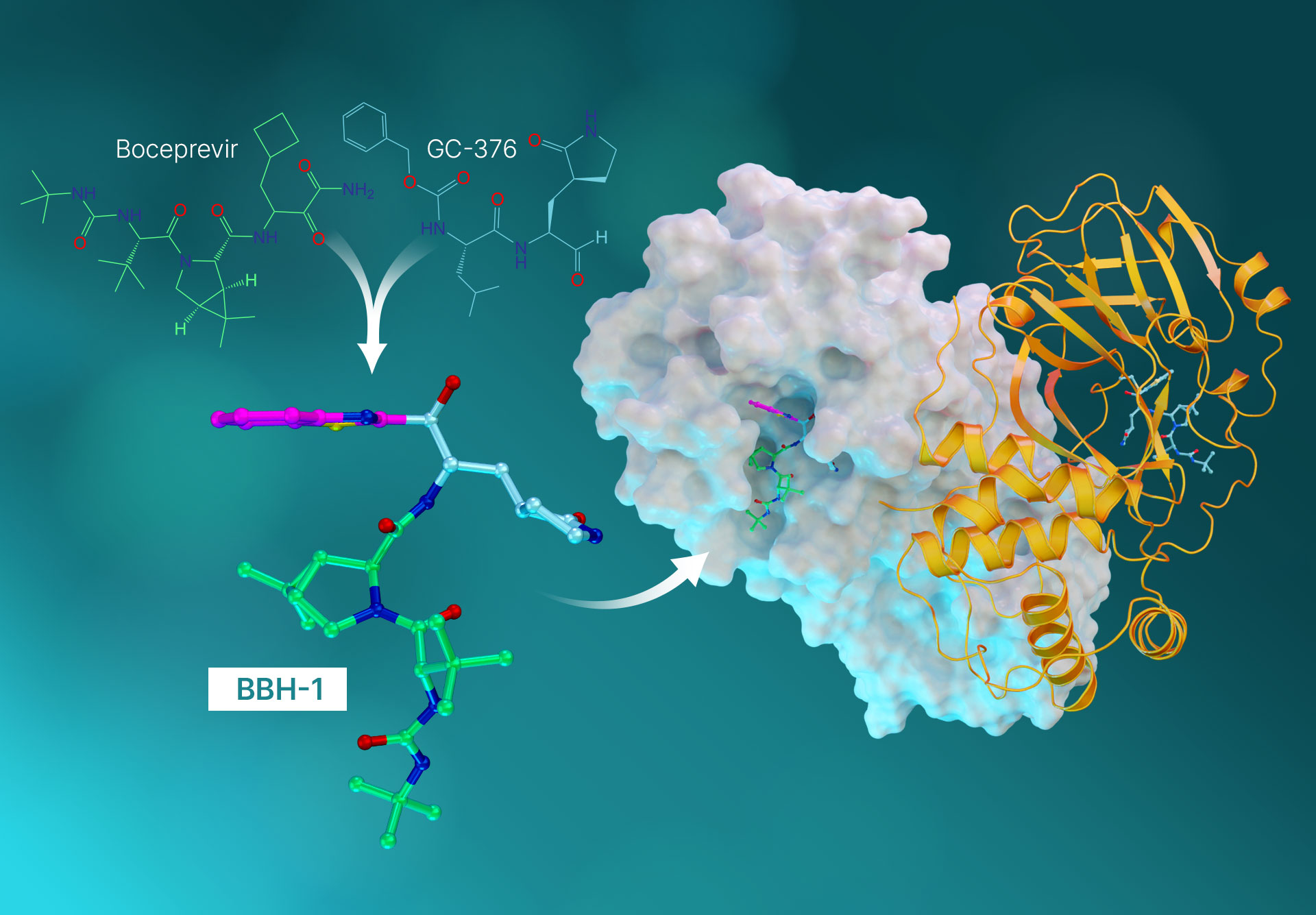
Researchers Use a Novel Approach to Design a COVID-19 Antiviral Drug
Solving atomic structure and binding for improved antiviral drugs.

Solving atomic structure and binding for improved antiviral drugs.
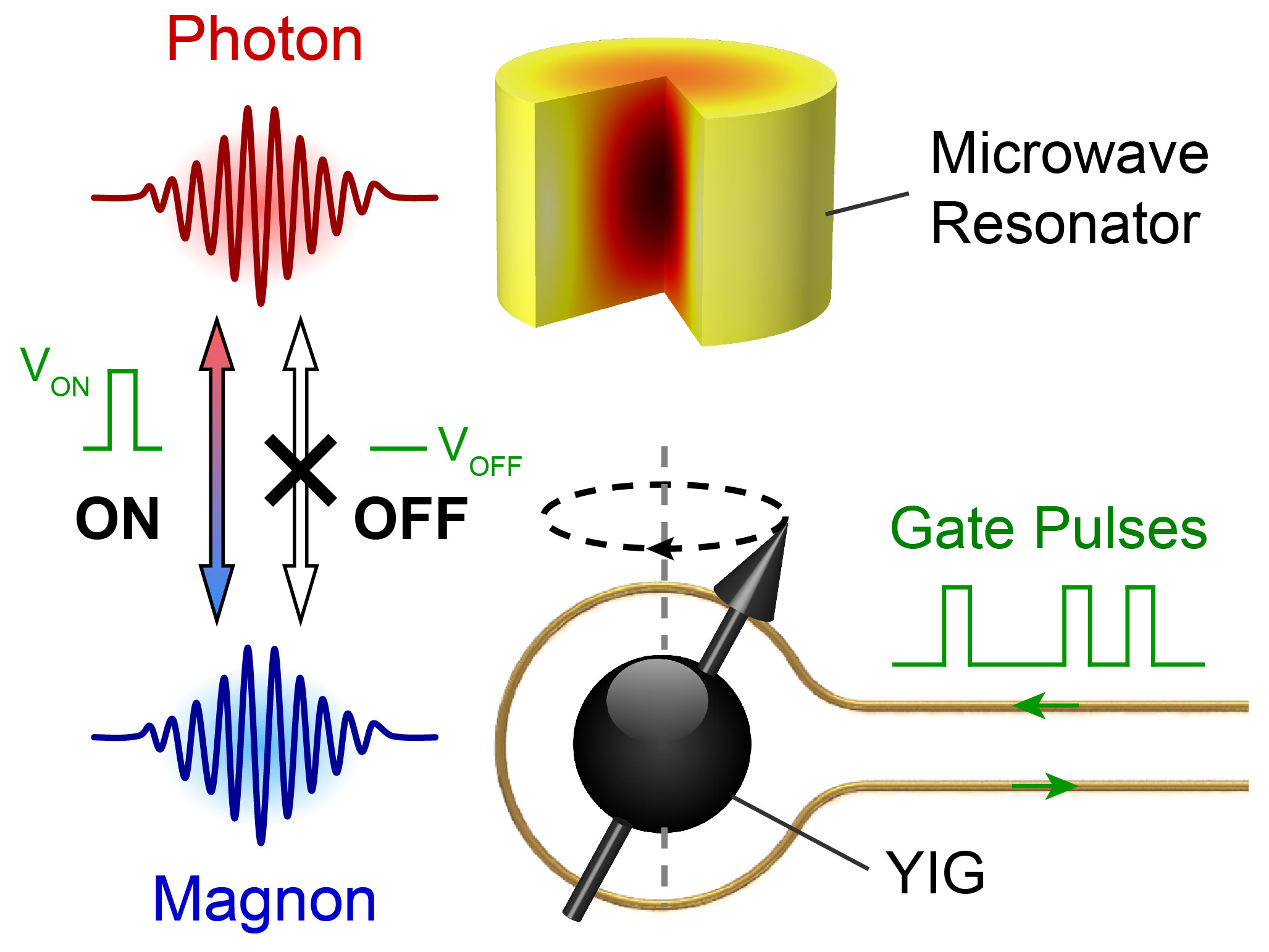
New gate design leads to fast coherent control of novel electromagnonics devices.
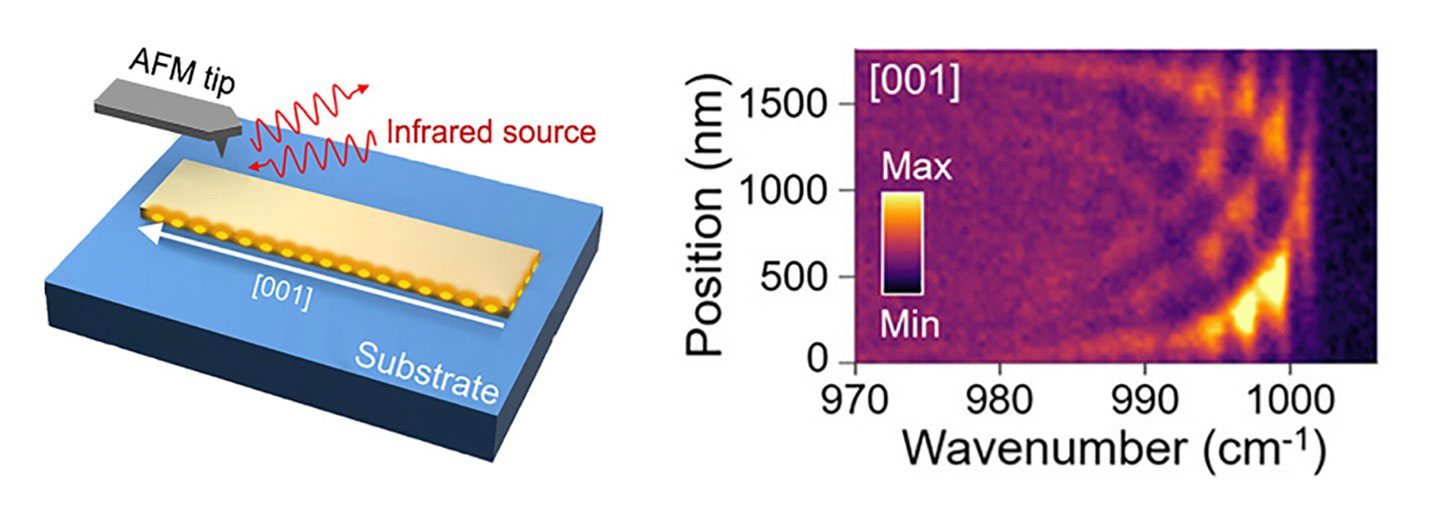
Crystalline nanoribbons synthesized to resonate with infrared light for imaging, sensing, and signaling pass a crucial test.
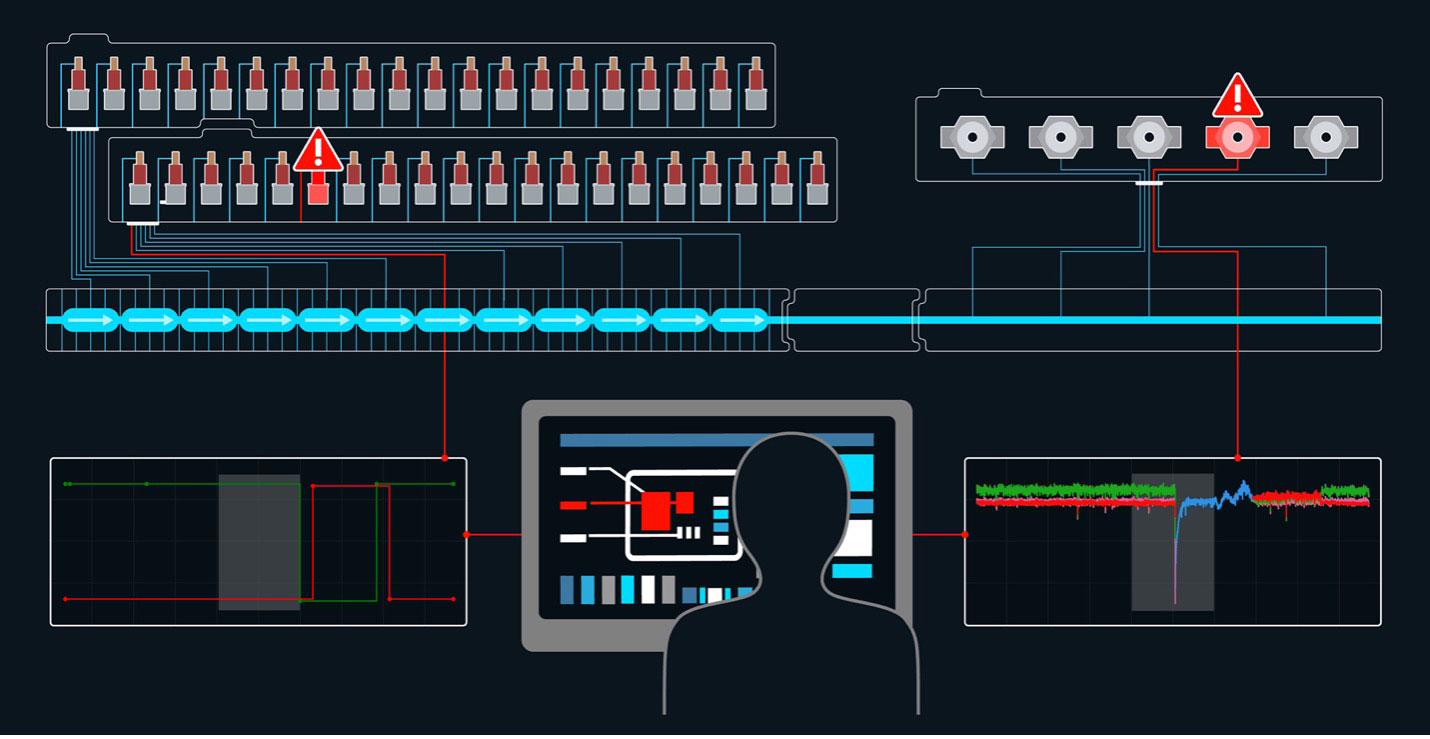
Machine learning methods support human operators in diagnosing and fixing failing subsystems in an accelerator-driven X-ray laser.
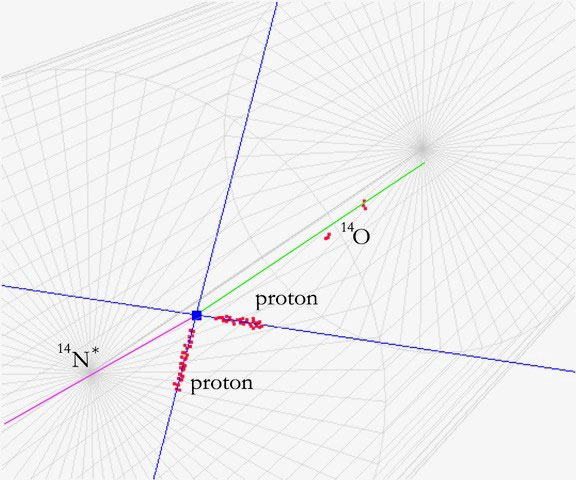
Scientists take pictures of a nuclear reaction in the laboratory to understand processes inside the cores of stars.
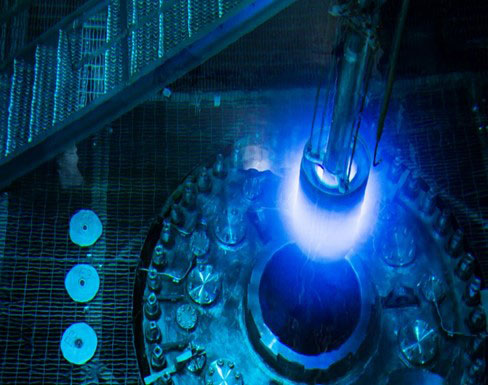
Experiment at Oak Ridge National Laboratory’s High Flux Isotope Reactor precisely measures the antineutrino energy spectrum.
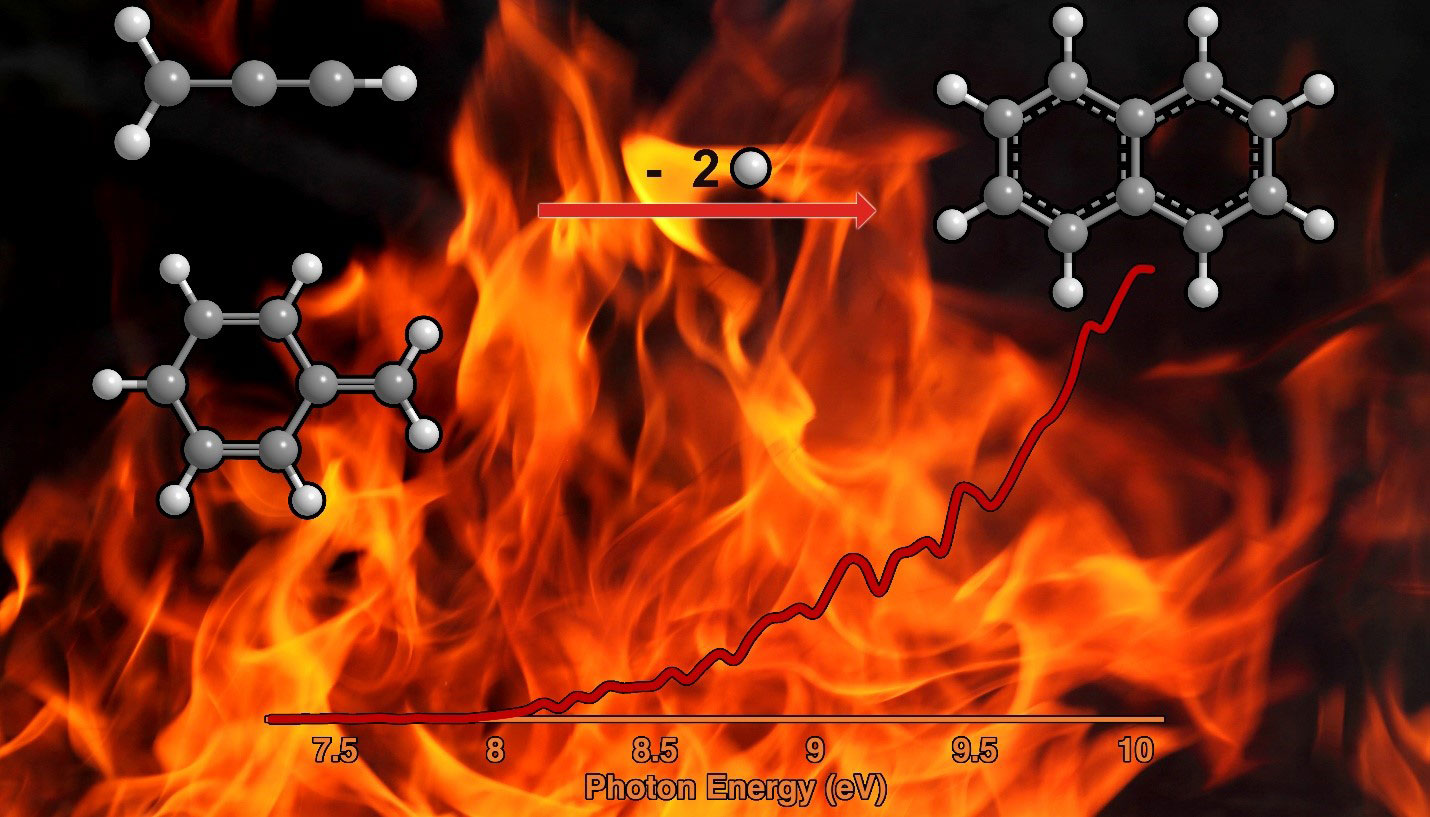
A molecule found in combustion on Earth and surrounding some stars can lead to the formation of an important organic hydrocarbon.
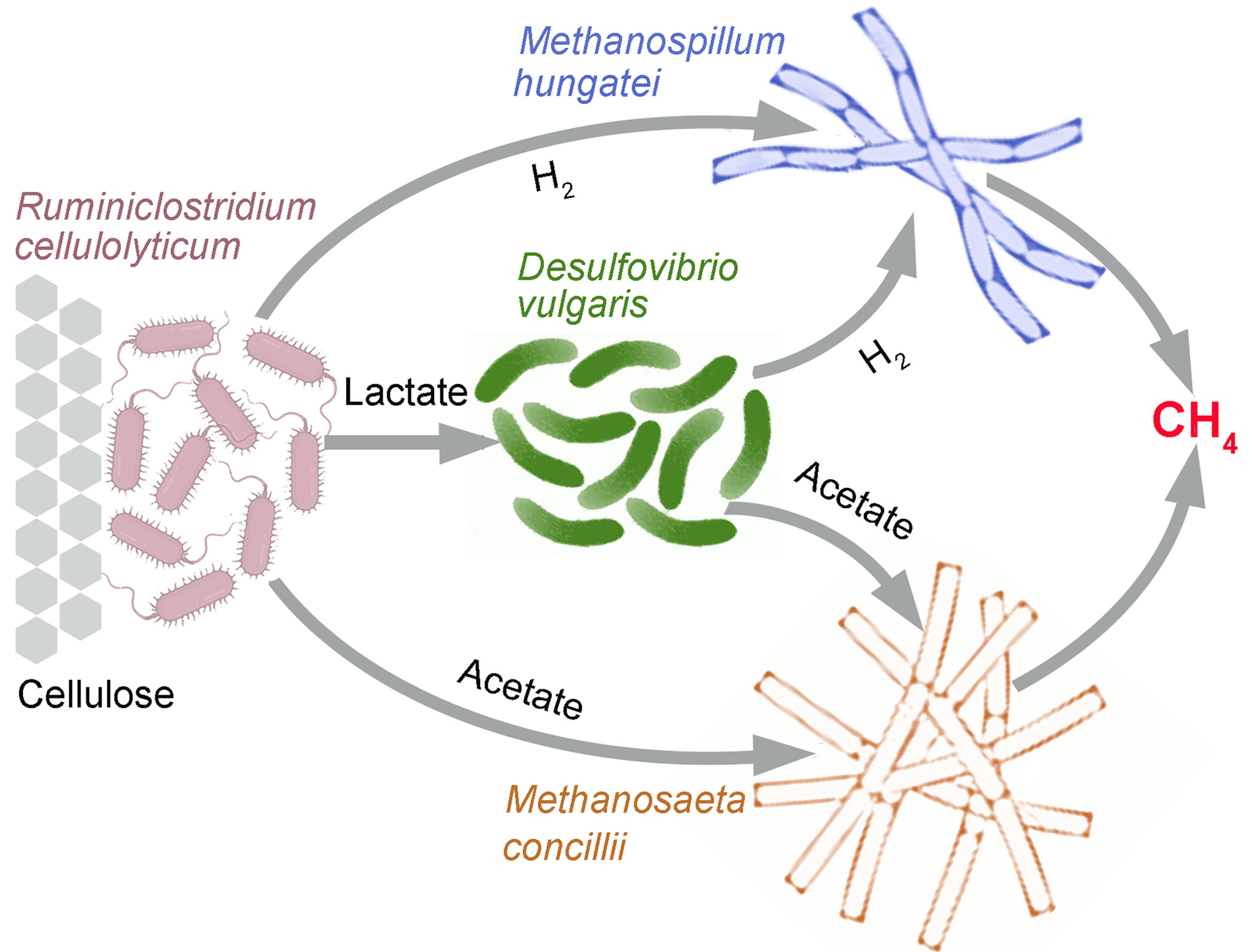
Modeling microbial interactions in synthetic communities offers insights into environmental processes.
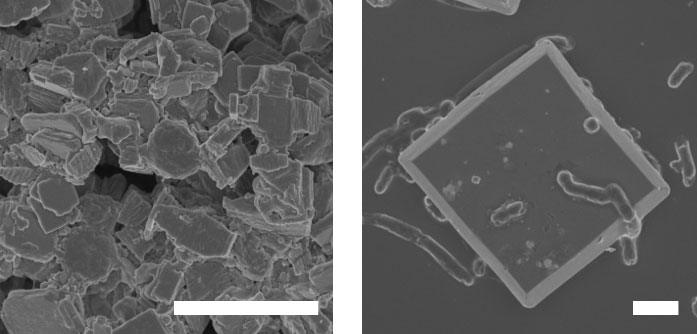
Scientists develop a multimodal imaging approach to study microbe–semiconductor biohybrids at the single-cell to single-molecule level.
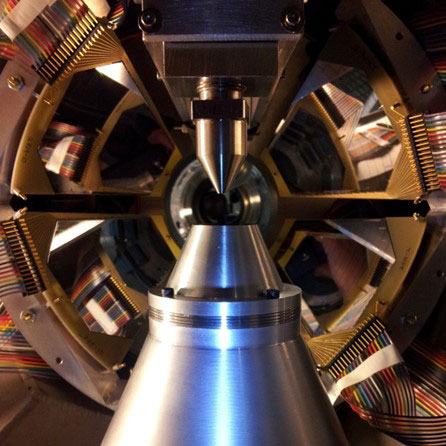
A unique study of a key reaction in X-ray burst nucleosynthesis bolsters the theoretical models used to calculate reaction rates.
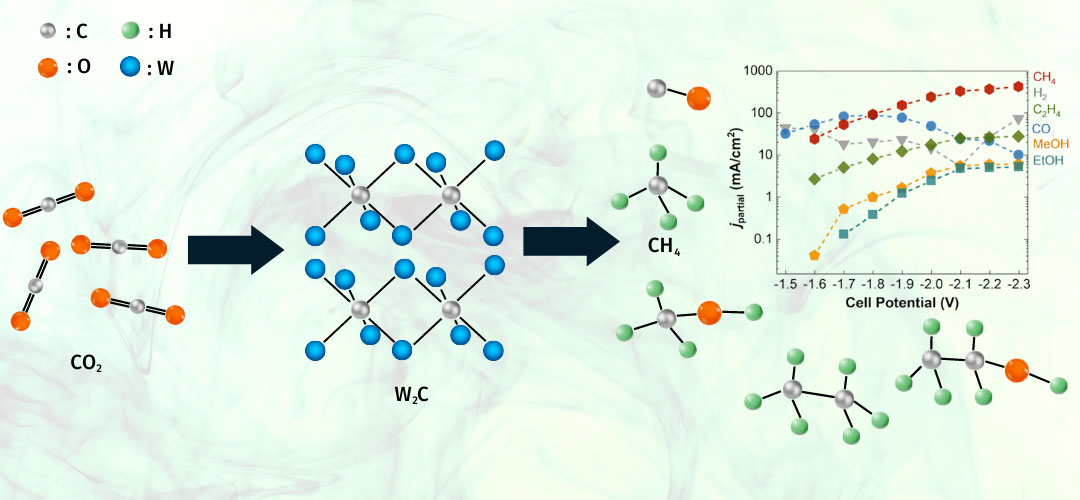
A tungsten carbide catalyst can produce a hydrocarbon from carbon dioxide at high rates and high efficiency.
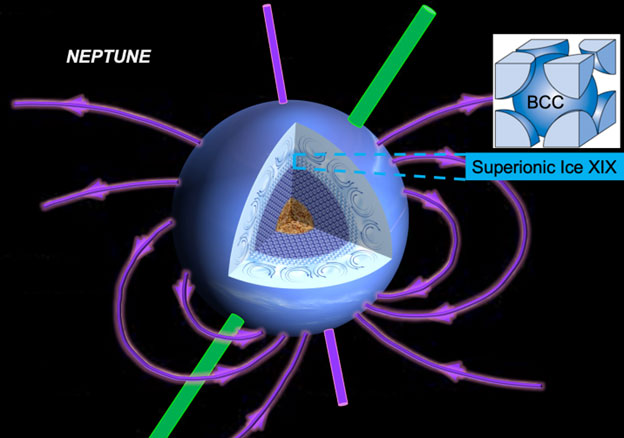
Ultrafast X-ray studies reveal the existence of Superionic Ice XIX, which could explain the unusual magnetic fields of icy giant planets.